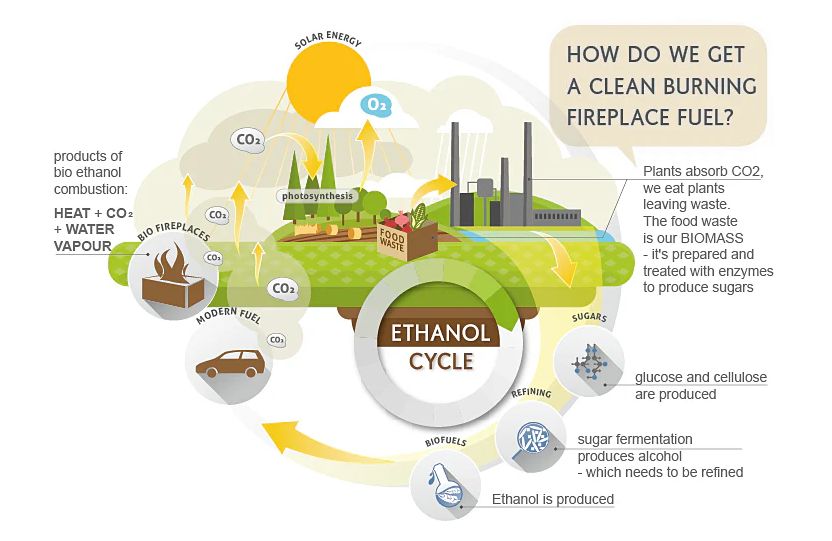Nanomaterials, Vol. 15, Pages 1159: Catalytically Active Oxidized PtOx Species on SnO2 Supports Synthesized via Anion Exchange Reaction for 4-Nitrophenol Reduction
Nanomaterials doi: 10.3390/nano15151159
Authors:
Izabela Ðurasović
Robert Peter
Goran Dražić
Fabio Faraguna
Rafael Anelić
Marijan Marciuš
Tanja Jurkin
Vlasta Mohaček Grošev
Maria Gracheva
Zoltán Klencsár
Mile Ivanda
Goran Štefanić
Marijan Gotić
An anion exchange-assisted technique was used for the synthesis of platinum-decorated SnO2 supports, providing nanocatalysts with enhanced activity for the reduction of 4-nitrophenol (4-NP) to 4-aminophenol (4-AP). In this study, a series of SnO2 supports, namely SnA (synthesized almost at room temperature), SnB (hydrothermally treated at 180 °C), and SnC (annealed at 600 °C), are systematically investigated, all loaded with 1 mol% Pt from H2PtCl6 under identical mild conditions. The chloride ions from the SnCl4 precursors were efficiently removed via a strong-base anion exchange reaction, resulting in highly dispersed, crystalline ~5 nm cassiterite SnO2 particles. All Pt/SnO2 composites displayed mesoporous structures with type IVa isotherms and H2-type hysteresis, with SP1a (Pt on SnA) exhibiting the largest surface area (122.6 m2/g) and the smallest pores (~3.5 nm). STEM-HAADF imaging revealed well-dispersed PtOx domains (~0.85 nm), while XPS confirmed the dominant Pt4+ and Pt2+ species, with ~25% Pt0 likely resulting from photoreduction and/or interactions with Sn–OH surface groups. Raman spectroscopy revealed three new bands (260–360 cm−1) that were clearly visible in the sample with 10 mol% Pt and were due to the vibrational modes of the PtOx species and Pt-Cl bonds introduced due the addition and hydrolysis of H2PtCl6 precursor. TGA/DSC analysis revealed the highest mass loss for SP1a (~7.3%), confirming the strong hydration of the PtOx domains. Despite the predominance of oxidized PtOx species, SP1a exhibited the highest catalytic activity (kapp = 1.27 × 10−2 s−1) and retained 84.5% activity for the reduction of 4-NP to 4-AP after 10 cycles. This chloride-free low-temperature synthesis route offers a promising and generalizable strategy for the preparation of noble metal-based nanocatalysts on oxide supports with high catalytic activity and reusability.
Source link
Izabela Ðurasović www.mdpi.com

